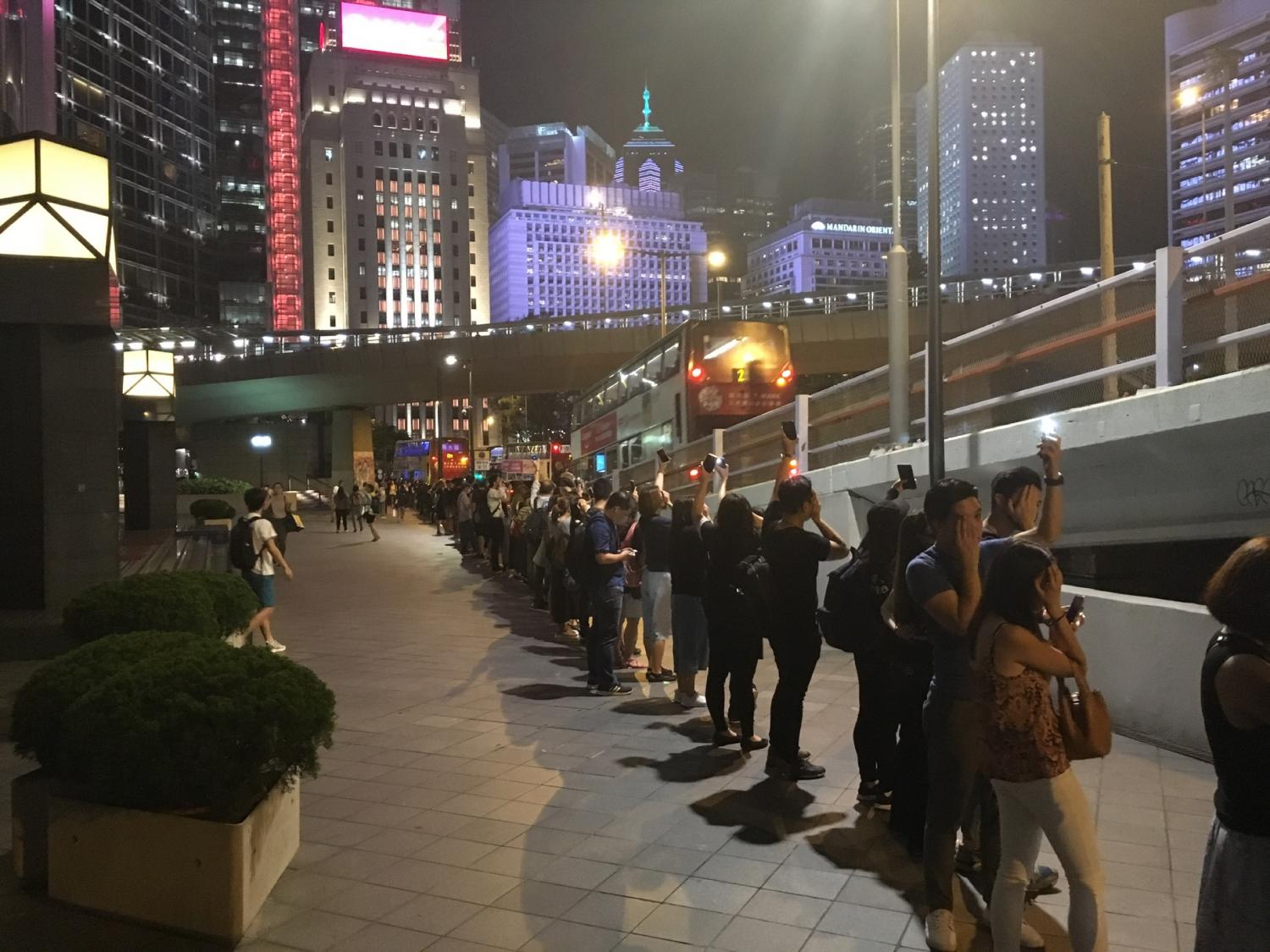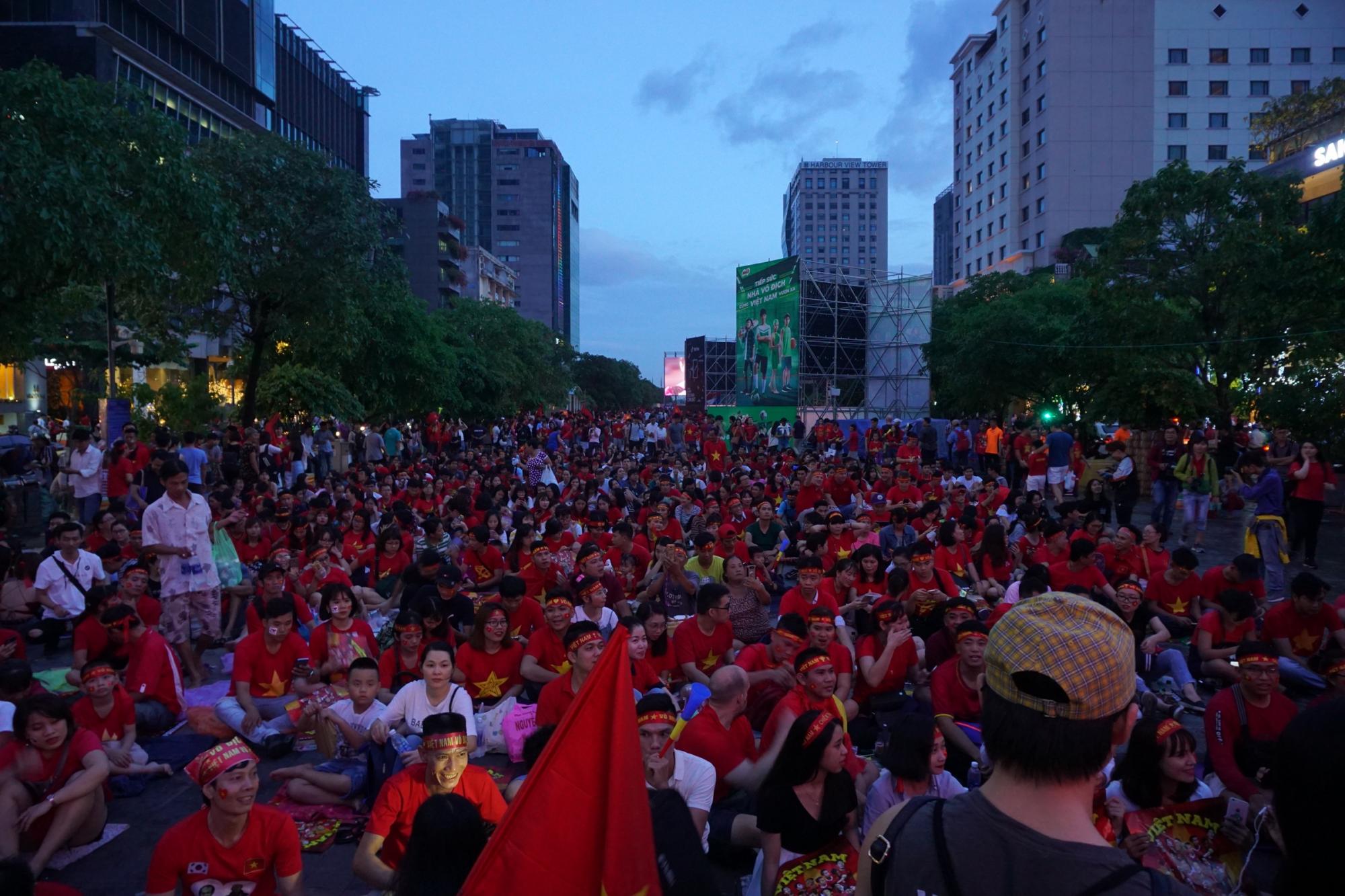Mass events
Images of large crowds in public space have always called for double-edged responses from the authorities. In Socialist East Asian countries, public spaces have often been designed for the purpose of celebratory mass gatherings. One has in mind the parades on Tian'anmen Square or the National Reunification Day throughout Ho Chi Minh City (30th April). Often tightly organised and controlled, these political rituals endow the cityscape with specific rhythms, re-enacting the State's presence amidst the flow of the urban everyday. Inherent to the practices of massing, however, is an unpredictable threat to the institutional order; one that ranges from potential disruptions of the ordinary to overt forms of resistance performed through public space. While Mainland China and Vietnam offer comparable situations, the case of recent street protests in Hong Kong stands out as a ground-breaking act of resistance in a context of growing fear toward authoritarianism.
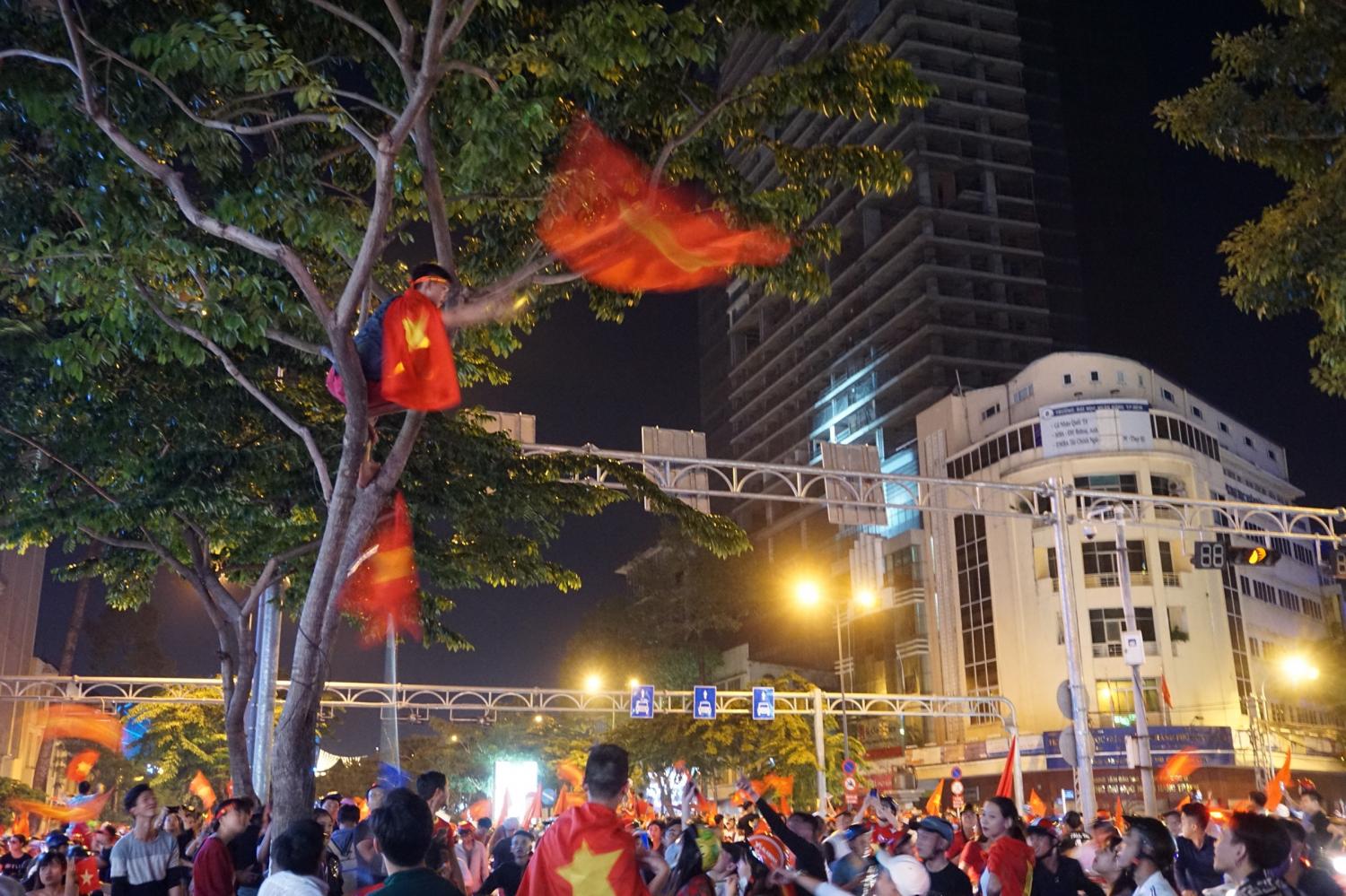
2018 AFF Championship Final
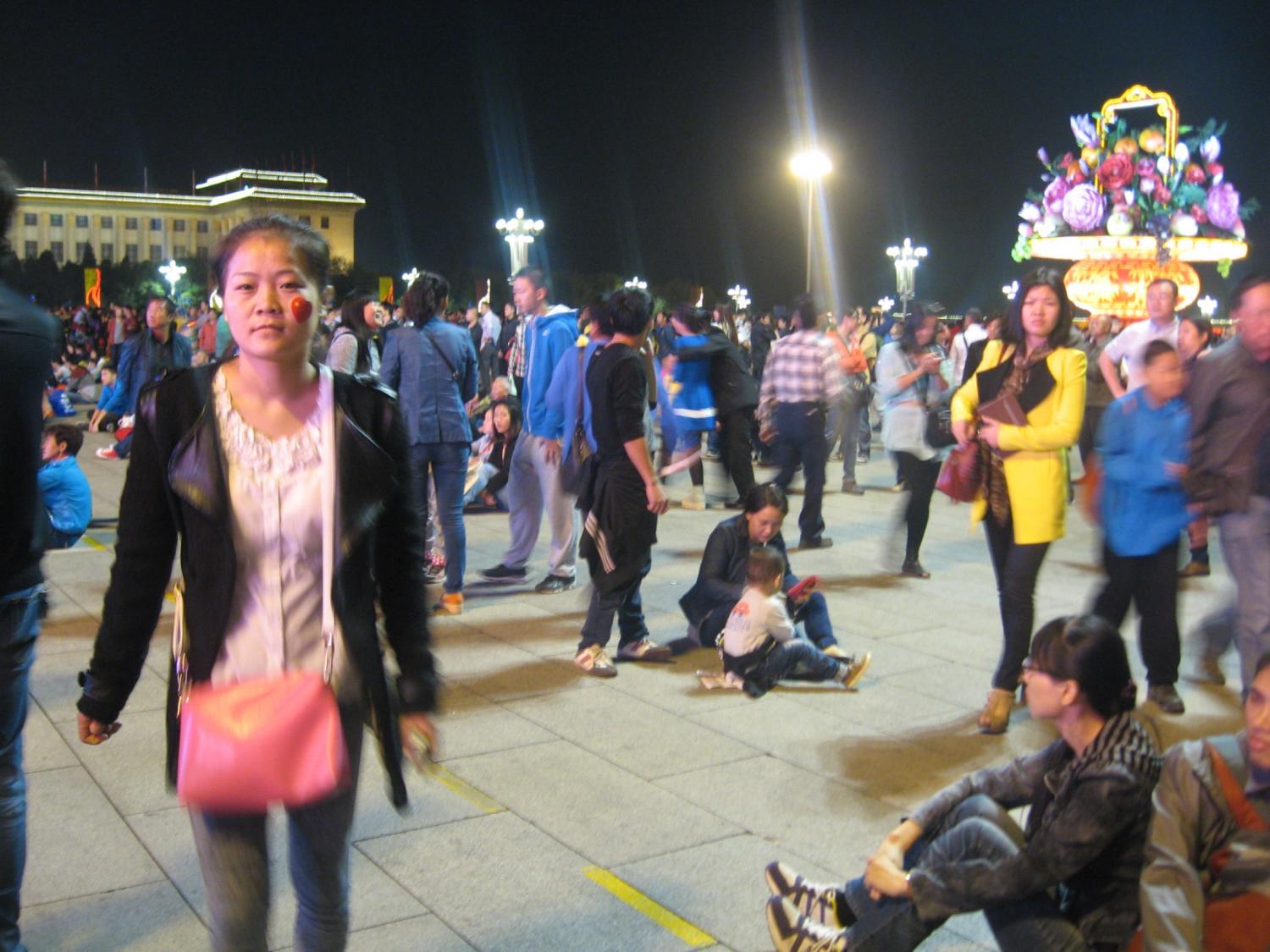
October 1st, 2013, Tian’anmen Square
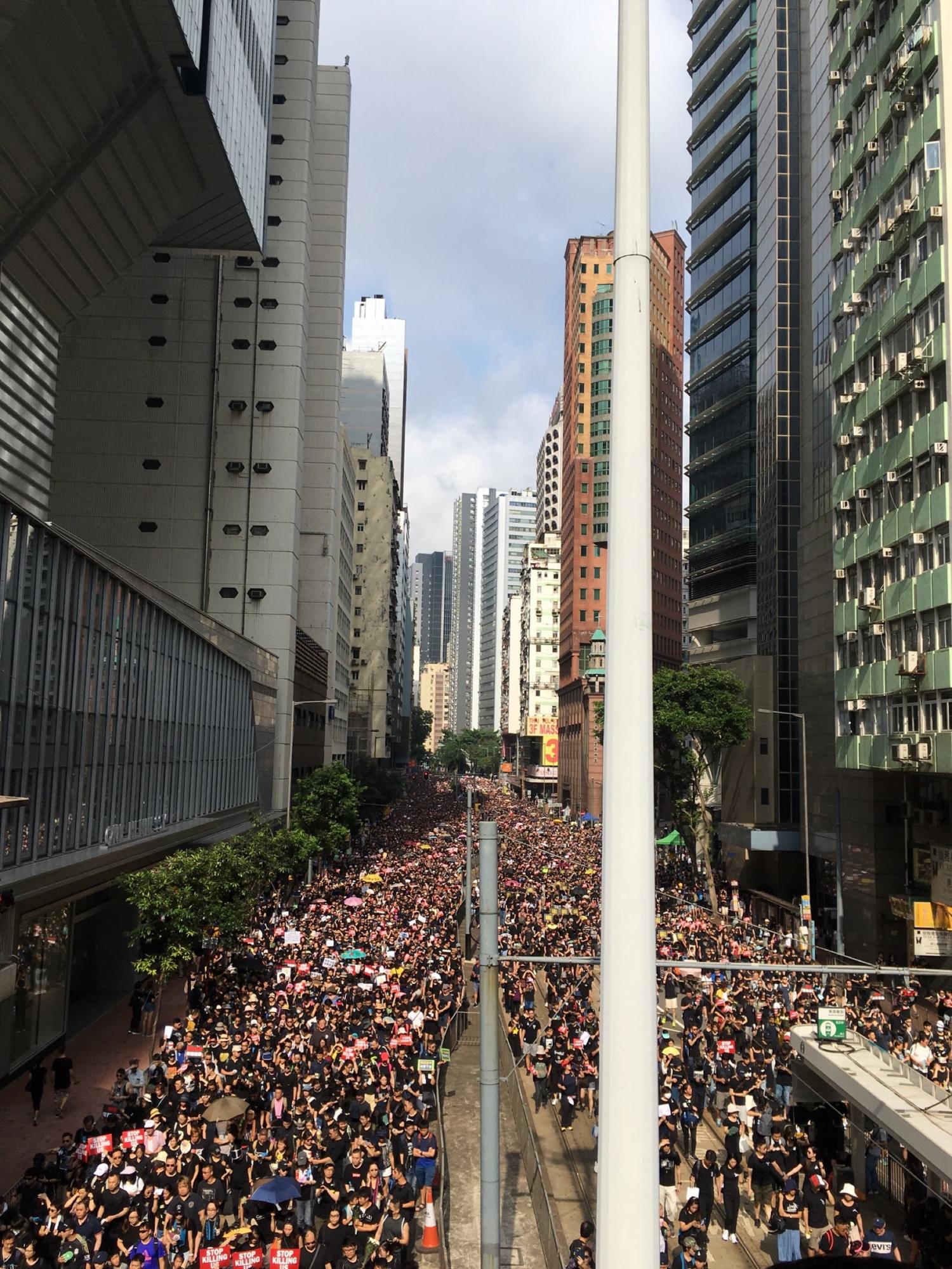
Marching rally
